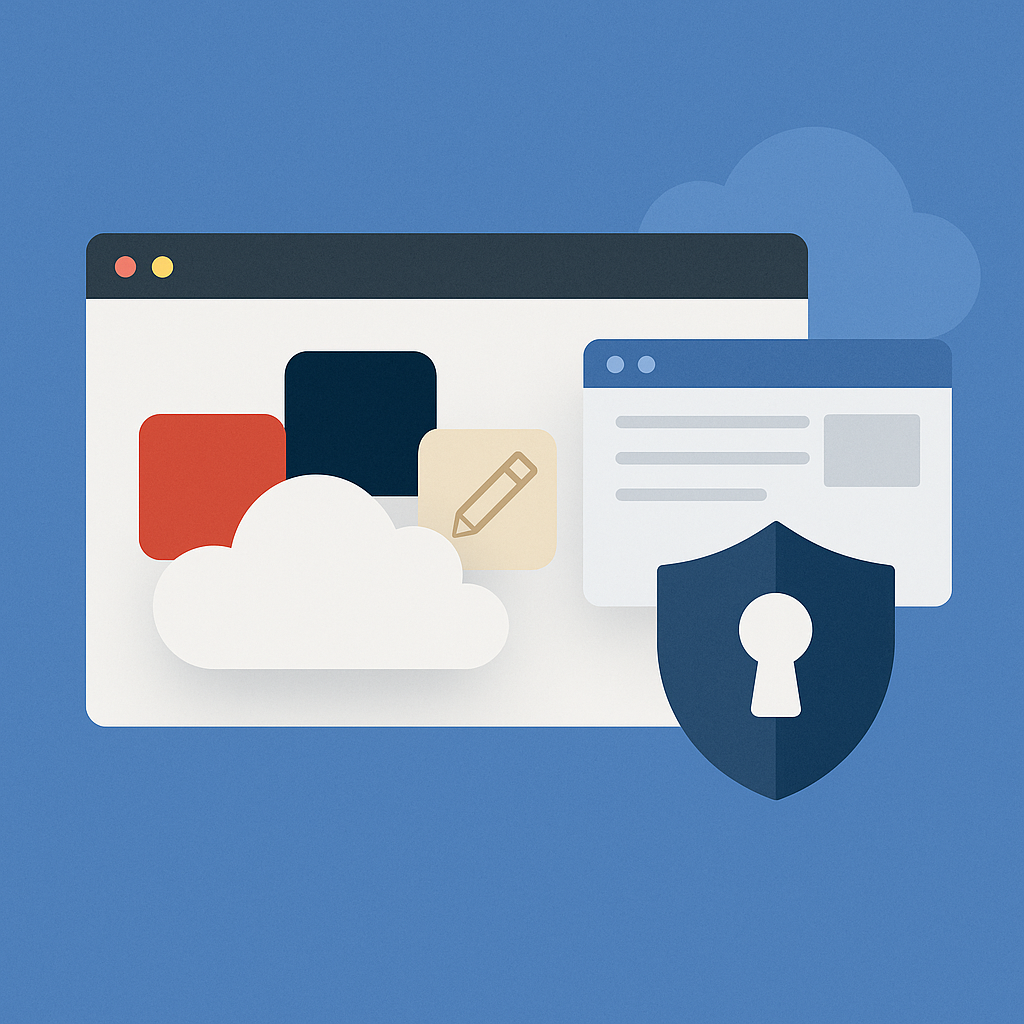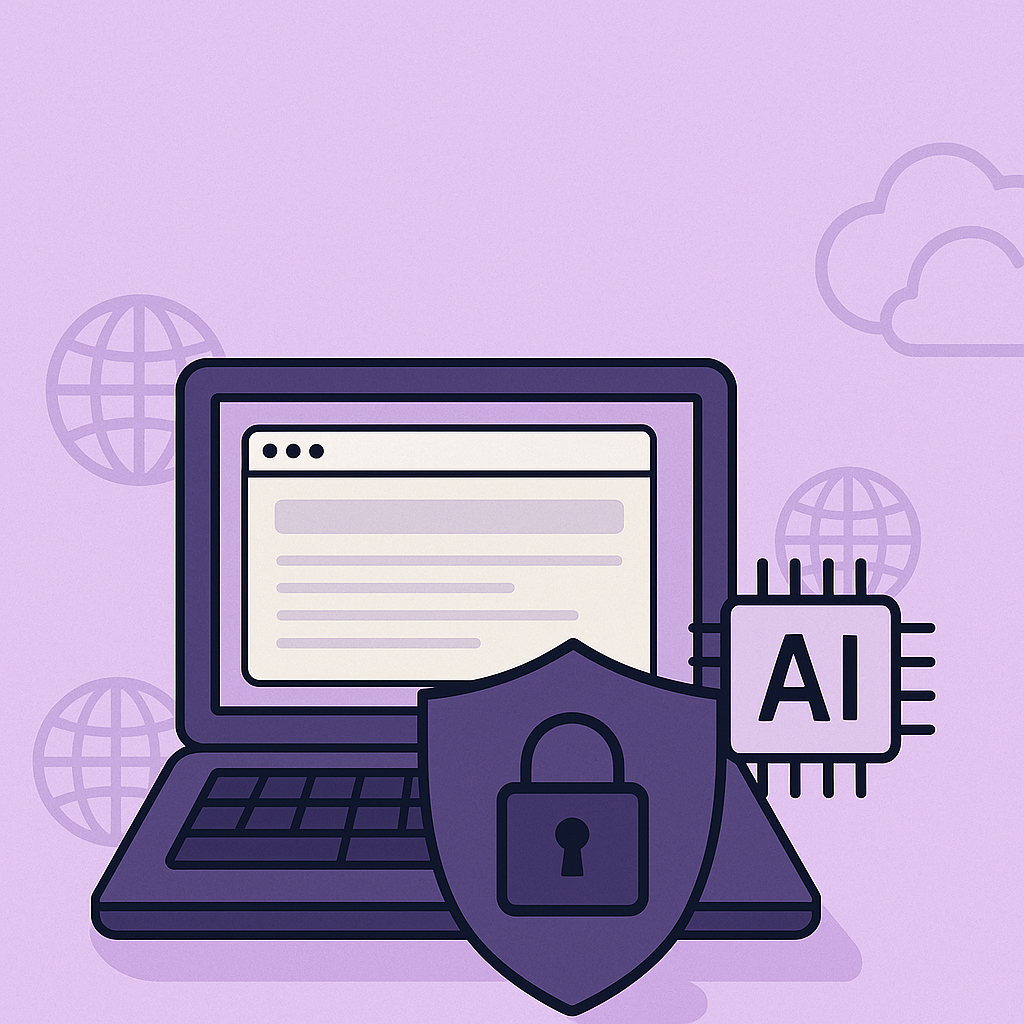Congress is considering a 10-year pause on state AI regulation. If passed, it would block local governments from enforcing guardrails until 2035. This could limit states’ ability to protect student data, oversee AI use in education, and adapt policies to local needs leaving schools with fewer safeguards and less control.
In K–12, AI isn’t a future issue. It’s already here, often hidden in EdTech tools you use every day: browser extensions, third-party APIs, and more. And the truth is, most districts don’t know which tools are using AI, what data is being shared, or how students are being shaped by these systems. Districts need to see right now how AI is being used in their schools and how its capturing student data.
And that’s the real risk: operating in the dark while assuming good intentions will be enough.
District leaders need to stop treating AI as a policy conversation and start treating it as a systems problem. Here’s what that looks like:
1. Invest in Visibility and Control
You can’t govern what you can’t see. Districts need tools that detect where AI is being used and control what it can access. This is core infrastructure that supports safe, modern learning environments.
2. Move from Guidelines to Guardrails
Most AI policies today are based on training and trust. That’s not a bad place to start, but it’s not enough. Strong policies require enforcement. Define what’s allowed, what’s not, and how decisions are made. Use technology to protect sensitive student information and enforce those rules in real time.
3. Reframe Teacher Training
AI isn’t just a tech trend. It is reshaping how students learn, how assignments are completed, and how content is consumed. Staff and instructors need training that goes beyond how-to and into instructional ethics, data awareness, and responsible exploration.
AI is already influencing your classrooms, whether or not you’ve given it permission.
While Congress debates regulation, district leaders can lead by setting a vision for ethical, student-centered AI adoption. One that is grounded in transparency, safety, and instructional purpose. That means engaging vendors, IT teams, and educators in shared accountability, asking not just is this tool useful? But, is it right for our students?
Learn more about how itopia can help manage AI risks. Click Here.



